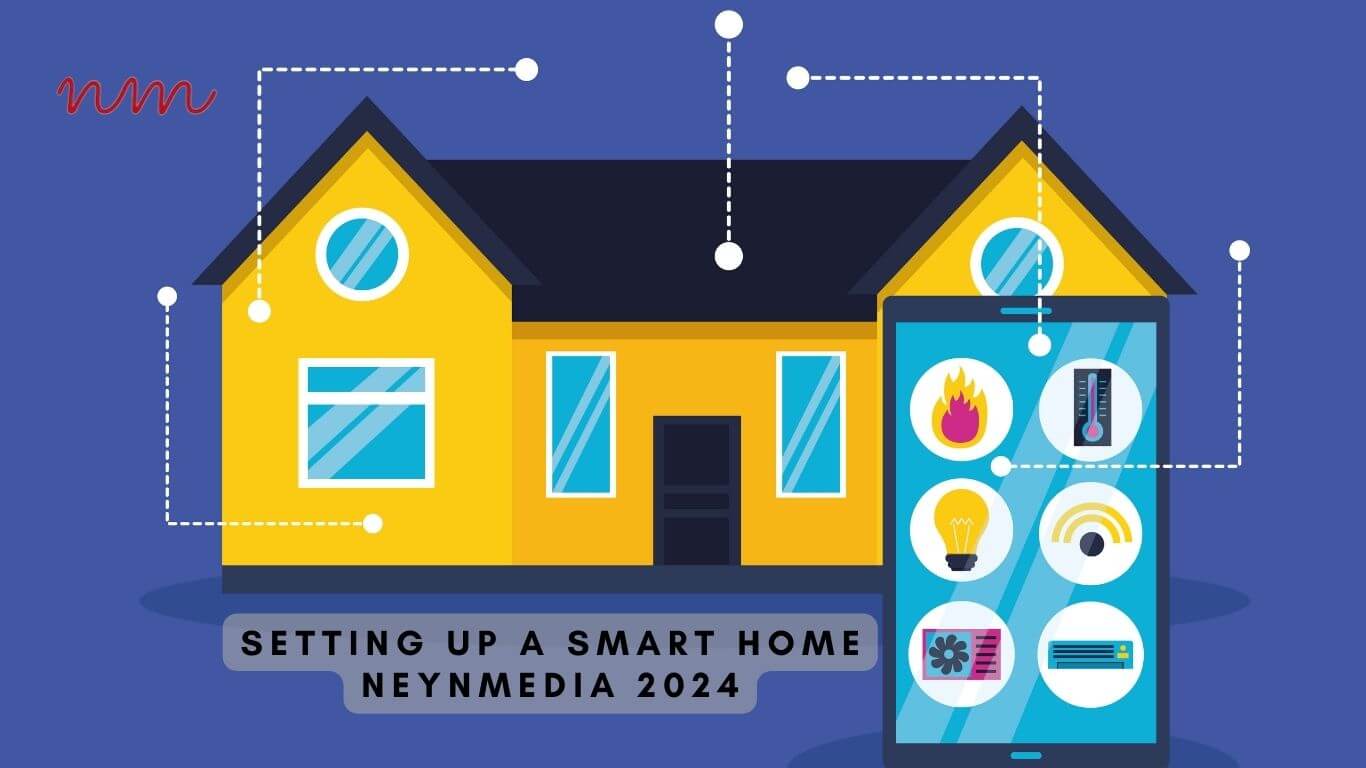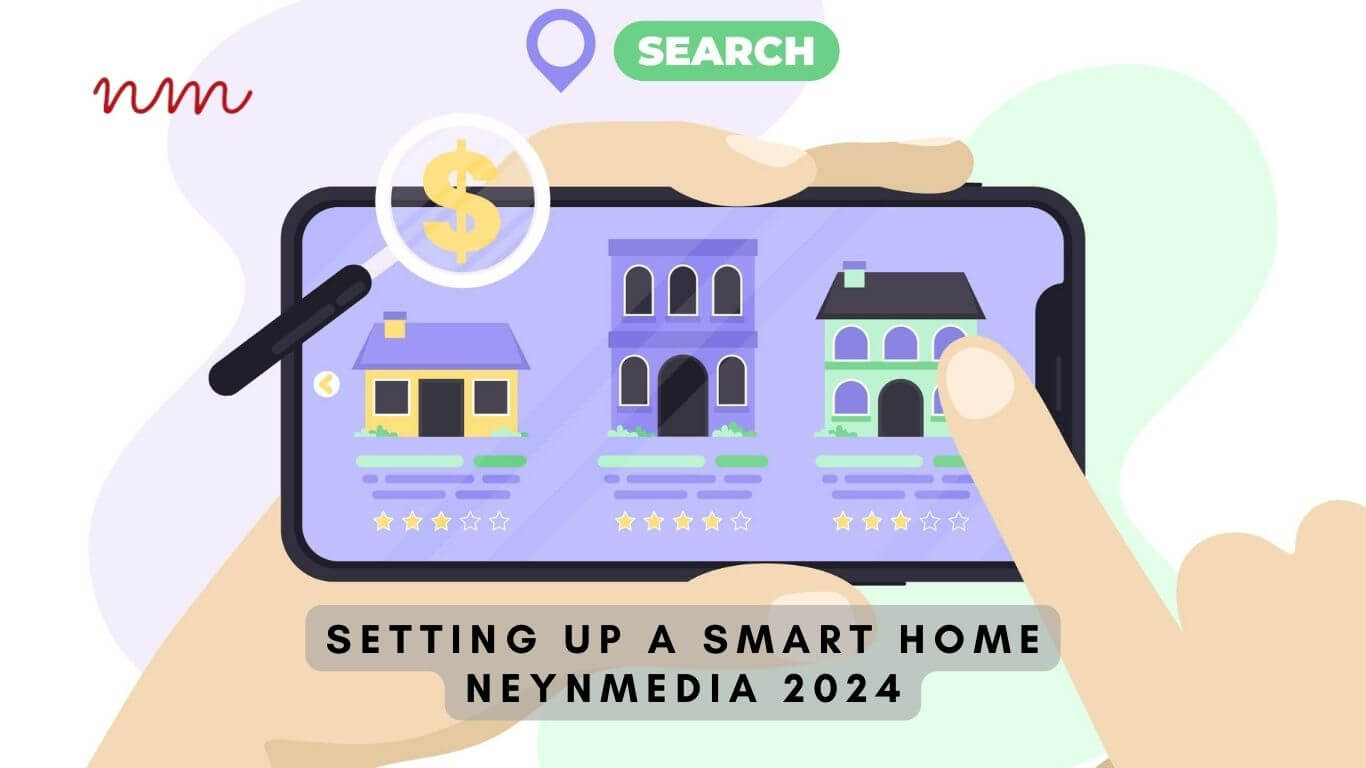Setting Up a Smart Home
Smart homes have become synonymous with modern living, offering unparalleled convenience and efficiency. As technology continues to advance, setting up a smart home has never been easier or more accessible. In this comprehensive guide, we’ll explore the ins and outs of creating your smart haven, from essential devices to overcoming challenges and embracing future trends.
Introduction to Smart Homes
Definition and Concept
A smart home refers to a residence equipped with devices and systems that can be controlled remotely, enhancing the homeowner’s quality of life through automation and connectivity. The concept revolves around creating an environment where daily tasks are simplified and technology seamlessly integrates into everyday living.
Evolution of Smart Home Technology
Smart homes have come a long way from their inception, evolving from basic automation to sophisticated systems that can be tailored to individual preferences. The rapid advancements in technology have paved the way for a diverse range of devices that contribute to the overall intelligence of a home.
Benefits of Setting Up a Smart Home
Convenience and Automation
One of the primary advantages of a smart home is the unparalleled convenience it offers. From voice-activated assistants that can set the mood with music to automated lighting systems that adjust based on your preferences, the ability to control your environment with a simple command is a game-changer.
Energy Efficiency
Smart home devices are designed with energy efficiency in mind. Smart thermostats learn your habits and optimize temperature settings, reducing energy consumption and lowering utility bills. The integration of sensors and timers ensures that lights and appliances are only active when needed.
Enhanced Security
Security is a top priority for homeowners, and smart home technology provides advanced solutions. With security cameras, smart doorbells, and intelligent locks, you can monitor your property remotely and receive real-time alerts, enhancing the overall safety of your home.
Accessibility and Control
Smart homes empower homeowners with unprecedented control and accessibility. Whether you’re at work, on vacation, or simply in another room, you can monitor and control your home’s devices through smartphone apps or voice commands. This level of control adds an extra layer of convenience and peace of mind.

Getting Started: Essential Devices for a Smart Home
Smart Speakers and Virtual Assistants
The foundation of a smart home often begins with a smart speaker and a virtual assistant. These devices, such as Amazon Echo or Google Home, serve as the central hub for controlling other smart devices. They respond to voice commands, providing a hands-free and intuitive experience.
Smart Lighting Systems
Transforming the ambiance of your home is made easy with smart lighting systems. From adjusting the brightness to changing colors, these systems offer a wide range of customization options. Timers and automation further enhance energy efficiency by ensuring lights are only on when needed.
Smart Thermostats
Optimize your home’s energy usage with a smart thermostat. These devices learn your heating and cooling preferences, creating personalized schedules that maximize comfort while minimizing energy consumption. Remote control capabilities allow adjustments from anywhere, ensuring the ideal temperature upon your return.
Security Cameras and Smart Locks
Enhance the security of your home with smart cameras and locks. Monitor your property in real-time through your smartphone and receive alerts for unusual activity. Smart locks provide keyless entry options, allowing you to control access and enhance overall safety.
Step-by-Step Guide to Setting Up Your Smart Home
Planning and Assessing Your Needs
Before diving into the world of smart home devices, take the time to assess your needs and priorities. Identify areas where automation and connectivity can make the most significant impact, whether it’s in the living room, kitchen, or security measures.
Choosing Compatible Devices
Compatibility is crucial when building a smart home ecosystem. Ensure that the devices you select work seamlessly together and can be integrated into a central hub, such as your smart speaker. Research and reviews are valuable tools in making informed decisions.
Installing and Configuring Devices
Once you’ve acquired your chosen devices, follow the manufacturer’s instructions for installation and configuration. Most devices offer user-friendly setups, but it’s essential to follow the steps carefully to ensure optimal performance.
Integrating Devices into a Central Hub
Centralizing control through a smart speaker or virtual assistant simplifies the user experience. Connect each device to the central hub, allowing for unified control through voice commands or a dedicated app. This integration streamlines operations and enhances overall efficiency.
Overcoming Challenges in Smart Home Setup
Compatibility Issues
One common challenge in setting up a smart home is dealing with compatibility issues. To mitigate this, ensure that all devices adhere to common communication standards, such as Zigbee or Z-Wave. Compatibility checks during the planning phase can save time and frustration later on.
Network Security Concerns
The interconnected nature of smart home devices necessitates a robust focus on network security. Set strong, unique passwords for each device, update firmware regularly, and consider implementing a dedicated network for your smart devices to enhance security measures.
Troubleshooting Common Problems
Despite careful planning, occasional issues may arise during setup. Troubleshooting common problems, such as connectivity issues or device malfunctions, requires patience and persistence. Refer to manufacturer guidelines, online forums, or customer support for assistance.

Customizing Your Smart Home Experience
Creating Scenes and Routines
Customize your smart home experience by creating scenes and routines. Whether it’s a “Good Morning” routine that adjusts lighting and temperature or an “Away” scene that enhances security, personalized automation adds a touch of luxury to your daily life.
Exploring Third-Party Apps and Integrations
Expand the capabilities of your smart home by exploring third-party apps and integrations. Many devices offer compatibility with popular platforms, allowing for seamless integration with other smart devices. This opens up a world of possibilities for customization and control.
Personalizing Voice Commands
Enhance the conversational aspect of your smart home by personalizing voice commands. Teach your virtual assistant unique phrases and commands, adding a personal touch to your interactions. This not only increases efficiency but also adds a touch of personality to your smart home experience.
Future Trends in Smart Home Technology
Artificial Intelligence and Machine Learning
The future of smart homes is heavily influenced by artificial intelligence (AI) and machine learning. Smart devices will become more intuitive, learning user preferences and adapting to changing circumstances. This evolution will result in a more personalized and efficient smart home experience.
Integration with Wearable Devices
The synergy between smart homes and wearable devices is set to grow. Wearables, such as smartwatches, can serve as additional control interfaces for smart home devices. This seamless integration ensures that users can interact with their smart homes effortlessly, even on the go.
Sustainability and Eco-Friendly Solutions
As environmental awareness increases, smart home technology is embracing sustainability. Energy-efficient devices, coupled with eco-friendly materials and manufacturing processes, contribute to a greener and more responsible approach to home automation.
Smart Home Maintenance and Updates
Regular Software Updates
Ensure the optimal performance of your smart home by staying up-to-date with regular software updates. Manufacturers release updates to address security vulnerabilities, introduce new features, and improve overall functionality. Schedule regular checks to keep your devices running smoothly.
Monitoring Device Performance
Take an active role in monitoring the performance of your smart home devices. Keep an eye on energy consumption, connectivity, and response times. Address any issues promptly to maintain the efficiency and longevity of your smart home ecosystem.
Upgrading to Newer Technologies
Smart home technology evolves rapidly, and upgrading to newer technologies ensures that you benefit from the latest advancements. Consider periodic assessments of your smart home setup, identifying opportunities to enhance functionality and embrace cutting-edge innovations.
Budgeting Tips for Smart Home Setup
Prioritizing Essential Devices
Smart home enthusiasts may find themselves overwhelmed by the plethora of available devices. Prioritize essential devices that align with your specific needs and lifestyle. Start with foundational elements, such as a smart speaker and lighting, before expanding your ecosystem.
Taking Advantage of Promotions and Discounts
Building a smart home doesn’t have to break the bank. Keep an eye out for promotions, discounts, and bundled deals on smart home devices. Timing your purchases during sales events can significantly reduce costs while maximizing the value of your investment.
Considering Long-Term Savings
While the initial investment in smart home technology may seem substantial, consider the long-term savings in energy efficiency, security, and convenience. Smart homes offer tangible benefits that contribute to both the quality of life and potential cost savings over time.

Real-life Examples: Success Stories of Smart Home Adoption
Testimonials and Case Studies
Real-life success stories highlight the transformative impact of smart home adoption. Testimonials from homeowners who have experienced enhanced convenience, security, and energy savings serve as inspiration for those considering the leap into smart living.
Positive Impacts on Daily Life
Explore how smart homes positively impact daily life through real-world examples. From simplifying daily routines to providing peace of mind, these stories showcase the tangible benefits that smart home technology can bring to individuals and families.
Conclusion
In conclusion, setting up a smart home is a journey that offers unparalleled benefits and opportunities for customization. From the convenience of automation to the enhanced security and energy efficiency, the possibilities are vast. As technology continues to advance, the future of smart homes holds even more exciting developments, making now the perfect time to embark on your smart home journey.
5 Unique FAQs
- Is it difficult to set up a smart home on your own? Setting up a smart home can be straightforward with proper planning and research. Many devices are designed for easy installation, and comprehensive guides are available to assist users in the setup process.
- Are smart home devices secure from hacking and privacy breaches? Security is a top concern, but manufacturers continuously update firmware to address vulnerabilities. Implementing strong passwords, regular updates, and dedicated networks for smart devices can enhance security.
- How can I save money on smart home devices? Look for promotions, discounts, and bundled deals when purchasing smart home devices. Timing your purchases during sales events can significantly reduce costs, and prioritizing essential devices ensures a budget-friendly approach.
- What happens if a smart home device malfunctions? Troubleshooting guides provided by manufacturers can help address common issues. If problems persist, reaching out to customer support for assistance is recommended. Regular monitoring of device performance can also catch potential problems early on.
- What is the future of smart home technology? The future of smart homes involves increased integration with artificial intelligence, machine learning, and wearables. Sustainability and eco-friendly solutions are expected to play a significant role in shaping the next generation of smart home devices.
Related Post:



